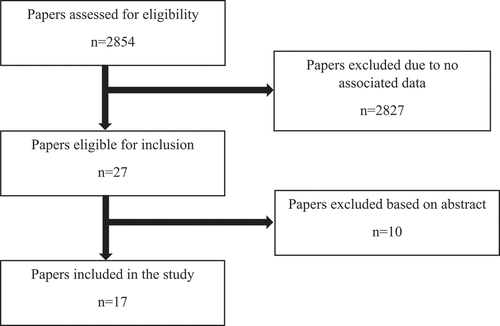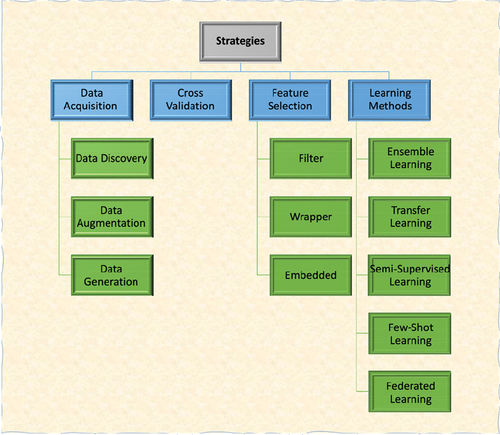Figures & data
Figure 1. Publications on re-RT based on the Web of Science search for the terms “re-irradiation” and “reirradiation” [Citation1].
![Figure 1. Publications on re-RT based on the Web of Science search for the terms “re-irradiation” and “reirradiation” [Citation1].](/cms/asset/d30651df-4e8d-4712-97c5-1061e990fb7b/tepm_a_2325936_f0001_oc.jpg)
Figure 2. Sankey Chart evaluating the publication landscape in re-RT [Citation1]. Head and neck and glioma feature most prominently in re-RT publications, while other cancer sites benefit from fewer articles and more reviews addressing re-RT. Linkages between technical approaches and their implementation in various oncologic sites are increasing but are concentrated in some oncologic sites and are relatively scarce in others, such as bladder cancer.
![Figure 2. Sankey Chart evaluating the publication landscape in re-RT [Citation1]. Head and neck and glioma feature most prominently in re-RT publications, while other cancer sites benefit from fewer articles and more reviews addressing re-RT. Linkages between technical approaches and their implementation in various oncologic sites are increasing but are concentrated in some oncologic sites and are relatively scarce in others, such as bladder cancer.](/cms/asset/1e65efca-3f98-4d43-82ad-19ee1657bda0/tepm_a_2325936_f0002_oc.jpg)
Table 1. Existing re-irradiation datasets based on literature search. Glioma and nasopharyngeal cancer are the most common tumor sites represented.
Table 2. Strategies employed to approach small data sets.
Figure 5. The blessing of dimensionality in small data sets [Citation77–79]. In small data sets, the wide dimensionality of data, when available, can be leveraged using machine learning and deep learning to classify patients based on clinical, imaging, and molecular characteristics to arrive at features that can be employed for prediction and subsequently retraining. Conclusions can be employed to optimize data acquisition (e.g. on study protocols and in clinic on the standard of care, e.g. post-re-RT imaging fusion and analysis for response), as well as data curation (e.g. dose to organs at risk in the RT field).
![Figure 5. The blessing of dimensionality in small data sets [Citation77–79]. In small data sets, the wide dimensionality of data, when available, can be leveraged using machine learning and deep learning to classify patients based on clinical, imaging, and molecular characteristics to arrive at features that can be employed for prediction and subsequently retraining. Conclusions can be employed to optimize data acquisition (e.g. on study protocols and in clinic on the standard of care, e.g. post-re-RT imaging fusion and analysis for response), as well as data curation (e.g. dose to organs at risk in the RT field).](/cms/asset/31213c21-3804-45c8-8a44-d818f494dd02/tepm_a_2325936_f0005_oc.jpg)


